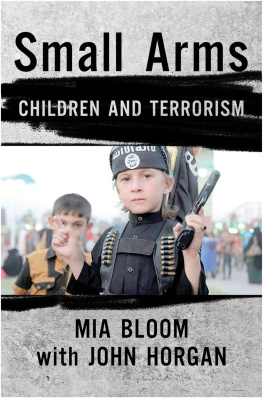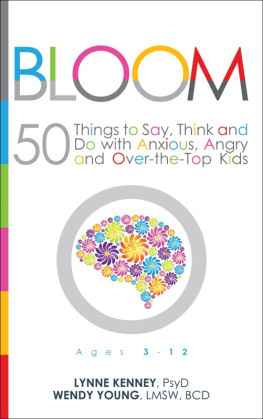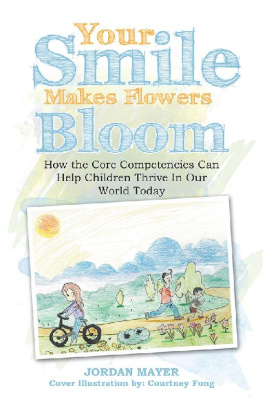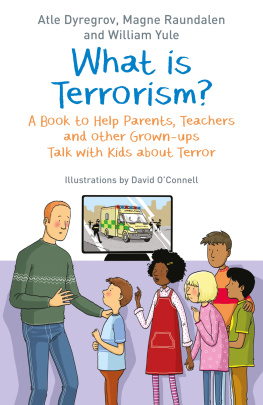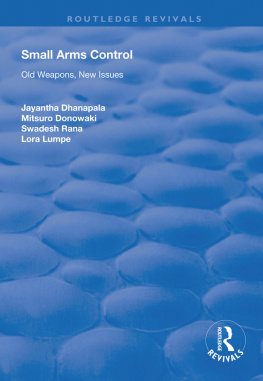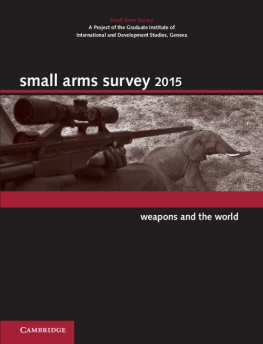Acknowledgments
This book is the culmination of many years of research and immeasurable patience on the part of Cornell University Press and our editor, Roger Haydon. When I first approached CUP about writing a book on children and terrorism based on our field research in Pakistan, the so-called Islamic State (IS) did not yet exist. As a result, we watched in horror as the phenomenon of children coerced into violent extremism played out in real time in Syria, Iraq, Libya, Afghanistan, Yemen, and the Philippines.
The book would not have been possible without the support of the Minerva Research Initiative, Department of Defense Grant No. N00014-16-12693, and the program officers and support staff of the Office of Naval Research, Harold Hawkins, Erin Fitzgerald, David Montgomery, Annetta Burger, Chris Becker, Lisa Troyer, and others. While we are heavily indebted to the Department of Defense for its support of this research, we should emphasize that any opinions, findings, or recommendations expressed in this book are those of the authors alone and do not reflect the views of the Office of Naval Research, the Department of the Navy, or the DoD.
We are grateful to the members of our Minerva research team at Boston Childrens Hospital and Harvard University. B. Heidi Ellis, Emma Cardeli, Beth Nimmons, and Sarah Gillespie have helped us flesh out the similarities and differences between children in gangs and those in terrorist organizations.
We thank our respective department chairs, Greg Lisby and Anthony Lemieux, for their support, with special mentions to Carol Winkler, who funded a research associate to work on the project; Lyshandra Holmes, who provided invaluable assistance with our Institutional Review Board; and Stacey Harrell, for her help with our budget. The revolving door of research associates who worked on the project allowed us unique access to materials in Arabic and helped the team to organize and archive hundreds of young martyrs eulogized by the terrorist organizations themselves.
We are indebted to our student research assistants over the years who helped collect and tag the raw data, especially Aaron Dicker, Ayse Lokmanoglu, and Kristian Warpinski at Georgia State University, who spent many hours analyzing IS propaganda and without whom this project would never have had verified data. We thank all of the researchers who joined our team over the years: Madhavi Devasher, Erin Kearns, and Gary Uzonyi, who helped us crunch the quantitative data and code the literature reviews; Cale Horne (when we were at Penn State), for his literature review on education in Afghanistan and Pakistan; Shaun Walsh and Suzzette Abbasciano at the University of Massachusetts, Lowell; and Yannick Veilleux-Lepage, our project manager, who helped with the final stage of the project.
We are especially grateful to Tanya Zayed, who functioned as researcher, consultant, subject matter expert, adviser, and friend. Tanya ensured that our findings and assertions were valid beyond a handful of cases by drawing on a decade of experience reintegrating child soldiers in Africa, Latin America, South Asia, and the Middle East. Ian A. Elliott was vital for translating his research on child sexual abuse to the study of children recruited into the Islamic State.
We thank Feriha Peracha, who invited us several times to Lahore, Malakand, and the Swat Valley, Pakistan. Fia introduced us to some of the most impressive young men, who not only survived their experiences with the Pakistani Taliban but were able to lead productive and happy lives after their reintegration into society. We are also grateful to Raafia Reese Khan and the entire staff at Sabaoon, who graciously hosted us.
We appreciate the assistance of Scott Steadman, who helped integrate our divergent writing styles to create a more cohesive narrative. We extend our appreciation to the anonymous reviewers of the manuscript and to Eric Levy for his meticulous (and painstaking) editing, as well as to Emily Andrew and Susan Specter at Cornell University Press. Max Taylor, as always, helped elaborate the model of childrens socialization into violent extremism, and Andrew Mumford organized a conference at the British Academy that instigated the six-stage model of childrens socialization into the Islamic State. Our colleagues provided important feedback as we presented draft chapters at academic conferences or guest lectures; we are especially grateful to Scott Gates, David Rappaport, and John Mercer for comments on the theory chapter. The many experts working on IS have been generous with their time and exchange of ideas: Amarnath Amarsingam, J. M. Berger, Dan Byman, Simon Cottee, Raphael Gluck, Hassan Hassan, Bruce Hoffman, Laith Alkhouri, Nikita Malik, Malcolm Nance, Jessica Stern, Robert Tynes, Michael Weiss, Craig Whiteside (our hero who located our missing data), Graeme Wood, and Aaron Zelin, all of whom generously shared their own research and data over the years. I am especially grateful to Victor Asal and Jenna Jordan for their friendship and support during the extremely difficult final phase of publication.
Chapter 4 is based on an earlier draft of a paper by Mia Bloom and Ian Elliott presented to the Association for the Treatment of Sex Abusers (ATSA) in 2013, and an updated version presented on June 22, 2017, at the Lethal Aid and Human Security (LAHS) Conference at the University of North Carolina at Chapel Hill. We are indebted to Dr. Elliott for his assistance with this material and his permission to use parts of the original draft.
While we hope this book sheds light on the phenomenon of childrens recruitment into terrorist networks, we also hope for a future in which this book becomes irrelevant and groups stop exploiting children in this fashion. We echo the prayer from the United States Conference of Catholic Bishops: For the people of Syria [and Iraq], that God may strengthen the resolve of leaders to end the fighting and choose a future of peace.
WHAT IS A CHILD?
The time is now. Arm your women and children against the infidel!
Osama bin Laden, 2001, Tora Bora, Afghanistan
What is your most lofty aspiration? Death for the sake of Allah!
Kindergarten verse at a Hamas school, Gaza City
Children in violent extremist movements, disparagingly referred to as child terrorists, are not born. Rather, they are made, and they learn to want to be a part of a violent group, either with or without the knowledge and support of their families.
On July 4, 2015, the Islamic States (IS) propaganda channels released their most disturbing video to date. It began with claims of ISs heroic successes on the battlefield against the regime of the Syrian dictator Bashar al-Assad. In the video, adult IS fighters march bloodied and barefoot Syrian Arab Army prisoners in and out of jail cells. A caravan of Toyota trucks flying IS flags gather, as a nasheed (hymnlike musical prayer) begins. The colonnades of the ancient ruins of Palmyra, a two-thousand-year-old UNESCO World Heritage Center that served as the backdrop for Indiana Jones and the Last Crusade, are draped with the distinctive black-and-white flag. The twenty-five soldiers march onto the stage and fall to their knees, awaiting execution. The camera pans across the packed coliseum, whose audience includes adults and very young children.
In the next shot, twenty-five children march out as the nasheed commences again. IS calls these children Ashbal al-Khilafa, or Cubs of the Caliphate. The children sport matching uniforms, and some even smile for the camera. The condemned men (alternately referred to as either

